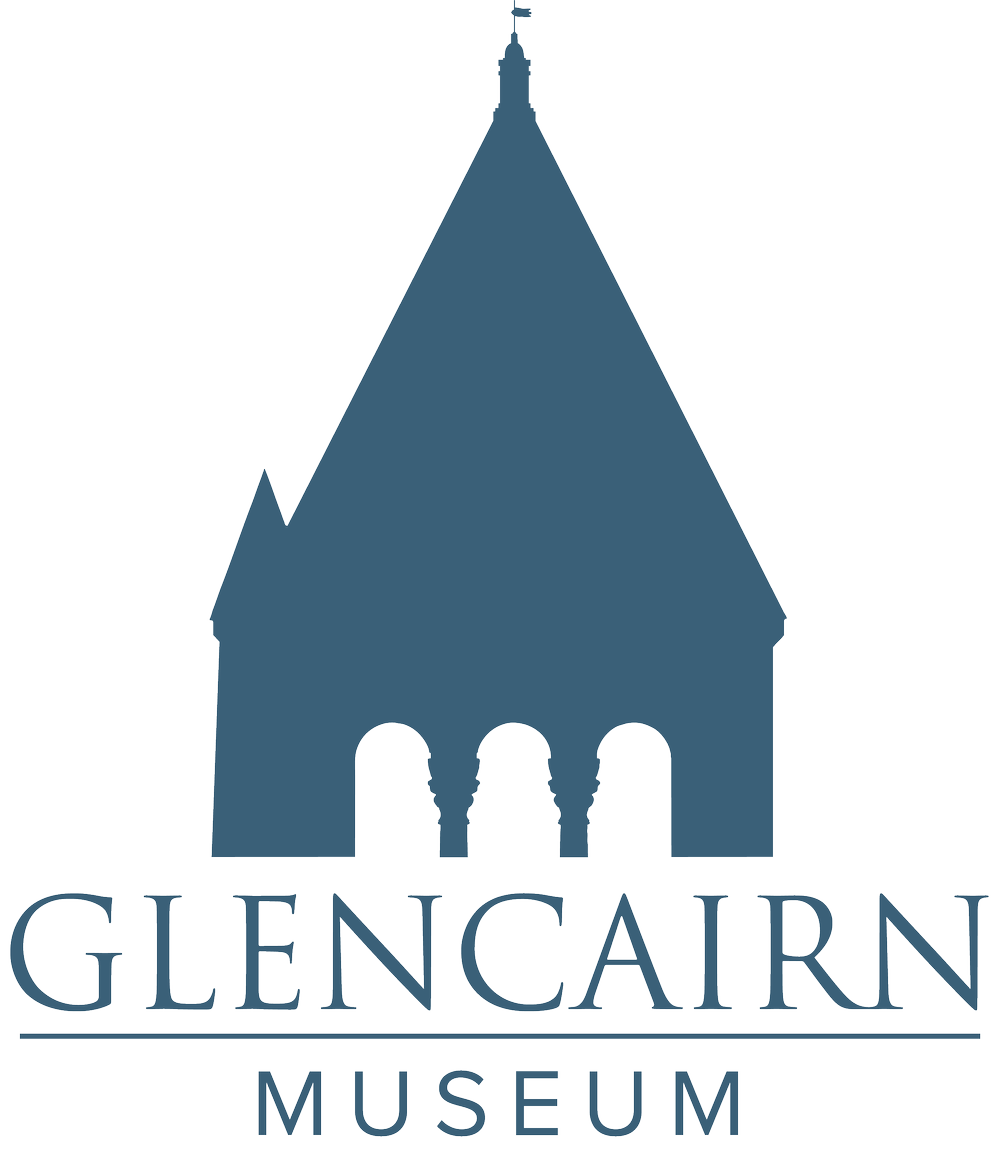Number 7, 2017
In this essay for Glencairn Museum News, Egyptologist Dr. Jennifer Houser Wegner examines the remarkable ancient Egyptian libation bowl in Glencairn’s Bird Room. According to Dr. Wegner, “liquid offerings were an essential part of Egyptian cult practices, both in tomb and temple settings.” Purchased by Raymond Pitcairn in the 1920s, the bowl was originally installed in the entrance hall of Cairnwood. In 1939 it became the only Egyptian object permanently installed inside Glencairn.
Read MoreNumber 6, 2017
This issue of Glencairn Museum News explores the work of five artists who were influenced by the theological writings of Emanuel Swedenborg (1688-1772). Glencairn’s New Church (Swedenborgian) art collection includes examples of works produced by some of the most prominent artists known to have been inspired by Swedenborg’s writings, as well as a number by lesser-known artists. Swedenborgian themes, such as heaven and hell, the spiritual relationship of married couples, and the nature of the human soul, have become the subject matter of many of their paintings and sculptures.
Read MoreNumber 5, 2017
In this essay for Glencairn Museum News, art historian Dr. Julia Perratore explores evidence of protective imagery in a group of sculptures from Glencairn’s medieval collection. These images of fierce beasts originally decorated buildings, particularly churches, built in the Romanesque style of the eleventh and twelfth centuries.
Read MoreNumber 4, 2017
This issue of Glencairn Museum News explores the Pitcairn family chapels at Cairnwood and Glencairn. Cairnwood, the Beaux Arts-style home built by John and Gertrude Pitcairn (completed 1895), and Glencairn, the castle-like home built next door by the Pitcairns’ son Raymond and his wife Mildred (completed 1939), were both designed with impressive chapels to accommodate their tradition of family worship.
Read MoreNumber 3, 2017
Recently Glencairn Museum News interviewed Crispin Paine, a leading authority on the interpretation of religious objects in museums, about a new book he has co-edited: Religion in Museums: Global and Interdisciplinary Perspectives (2017). The book includes an essay about Glencairn Museum.
Read MoreNumber 2, 2017
Powwowing in Pennsylvania: Healing Rituals of the Dutch Country features artifacts, documents and photographs illustrating a wide range of expression within the ritual tradition of over three centuries of Pennsylvania Dutch folk culture. The full text of the exhibition catalog is available online (in both html and pdf formats). The catalog essay is titled, “The Heavens are My Cap and the Earth is My Shoes: The Religious Origins of Powwowing and the Ritual Traditions of the Pennsylvania Dutch.”
Read MoreNumber 1, 2017
Epiphany, sometimes known as Three Kings’ Day (January 6), celebrates the arrival of the Magi—also known as the Wise Men—in Bethlehem to see the Christ Child. In this issue of Glencairn Museum News we examine how artisans from around the world have represented the Magi in Glencairn’s World Nativities exhibition.
Read MoreNumber 12, 2016
Christmas in Pennsylvania reveals how Christmas was celebrated in southeastern Pennsylvania during the 19th and 20th centuries.
Read MoreNumber 11, 2016
The tradition of the Presepio, which has been called "the translation of the Bible into Neapolitan dialect,” represents daily life in 18th-century Naples, a bustling port city. The figures and structures in this Presepio were collected over a period of more than thirty years by the late Elizabeth Anne Evans of Bucks County during her annual trips to Naples.
Read MoreNumber 10, 2016
Perhaps the most frequently repeated motif in Glencairn is the grouping of ram, ewe, and lambs, symbolizing the importance of family. This issue of Glencairn Museum News explores the representation of sheep and lambs in the interior and exterior decoration of Glencairn.
Read More